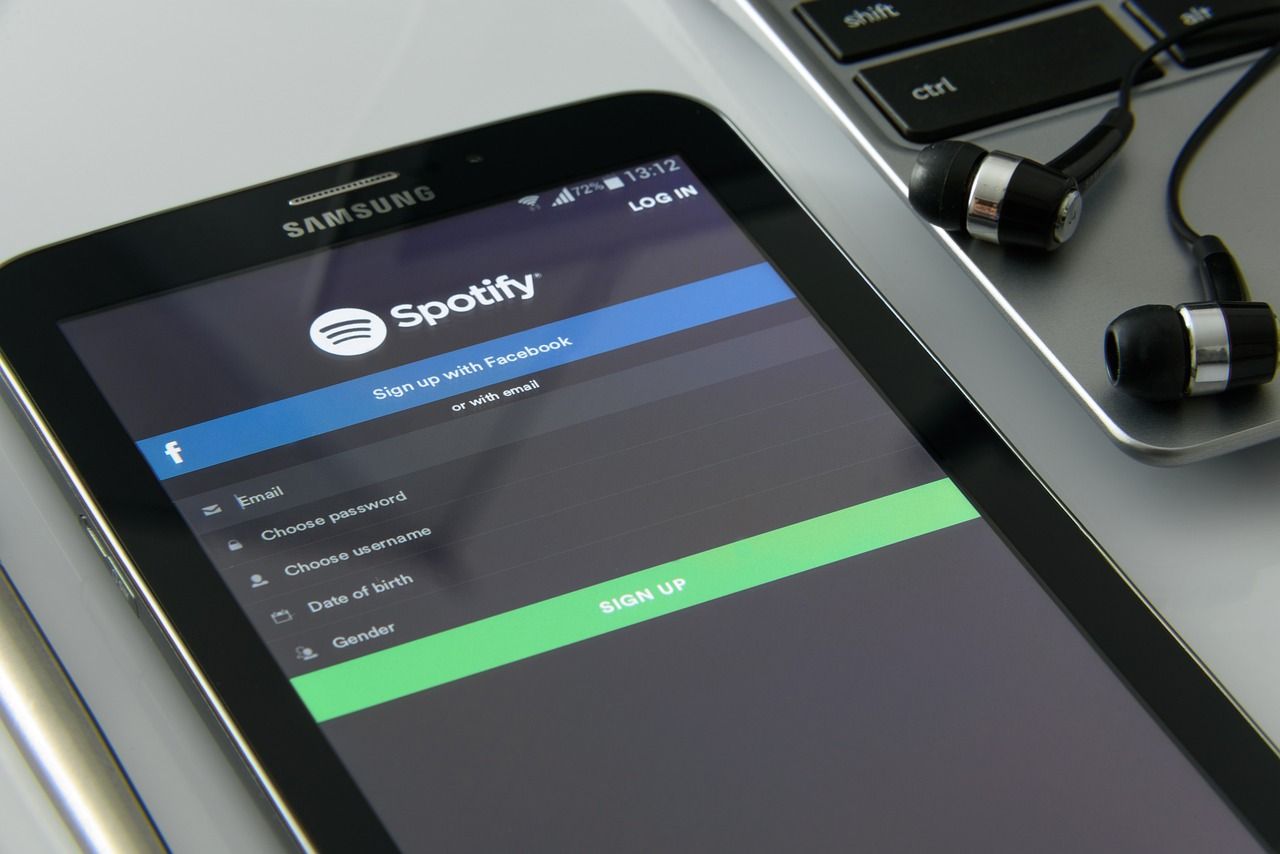Spotify is one of the biggest names in the world of music streaming, but many people wonder, “What does Spotify pay per stream?” If you’re an artist, songwriter, or just someone curious about the music industry, this is a question worth diving into. The truth isn’t as simple as a single number, but we’ll break it down so it’s easy to understand.
Understanding Spotify’s Payment System
Unlike buying a CD or downloading a song outright, streaming platforms operate on a subscription-based or ad-supported model. Spotify generates revenue from users who pay for premium subscriptions and from advertisers. But how does that money flow back to the artists?
Spotify pays artists through a system called “pro-rata” payments. In simple terms, all the money Spotify collects each month goes into a giant pot. Then, after taking its share for operating costs and other expenses, Spotify divides the remaining revenue among the rights holders based on how often their music is streamed.
For example, if your song gets 1% of all streams on Spotify in a month, you’ll earn 1% of the revenue allocated to artists and rights holders. However, this doesn’t mean you’re getting 1% of Spotify’s total revenue—just the portion they reserve for payouts.
How Much Does Spotify Pay Per Stream?
The amount Spotify pays per stream varies and is influenced by several factors. On average, Spotify’s pay per stream is estimated to be between $0.003 and $0.005. That means you’d need approximately 250 to 300 streams to earn $1. But this isn’t a fixed rate; it can change depending on a variety of factors.
Factors That Affect Spotify’s Pay Per Stream
- Listener Location: Streams from premium subscribers in wealthier countries tend to generate higher payouts than streams from users in countries with lower subscription fees.
- Subscription Type: Streams from premium subscribers typically earn more than those from free-tier users who listen with ads.
- Rights Holder Agreements: Spotify’s payout also depends on the agreements they have with labels, distributors, and publishers. Some artists may negotiate better terms than others.
- Distribution Cut: If you’re an independent artist using a distributor like TuneCore or DistroKid, they may take a small percentage of your earnings.
The Role of Streaming Volume
When we say that Spotify pays between $0.003 and $0.005 per stream, it’s important to note that these small amounts can add up for artists with large audiences. Big-name musicians who rack up millions of streams can earn significant revenue. But for smaller artists, making a living solely from streaming can be challenging.
Why Do Spotify Payments Seem Low?
Many artists and fans feel that Spotify’s payments are too low. But it’s essential to understand the context. Streaming revenue is split among many parties:
- The Artist: This is the performer of the music.
- The Label: If the artist is signed, a portion goes to their record label.
- The Publisher: This includes songwriters and composers.
- The Distributor: Companies that get the music onto Spotify also take a cut.
By the time the money reaches the artist, it’s gone through multiple layers of sharing. This structure is why some musicians advocate for a different payment model.
Comparing Spotify to Other Platforms
Spotify isn’t the only streaming service, and each platform has its own pay-per-stream rate. For instance:
- Apple Music: Pays around $0.01 per stream on average.
- Amazon Music: Similar to Apple Music, their rate hovers around $0.004 to $0.005 per stream.
- YouTube Music: Pays significantly less, often around $0.001 per stream.
While Spotify’s payouts are lower than Apple Music’s, it has a much larger user base, offering artists broader exposure.
How Can Artists Maximize Earnings?
If you’re an artist, there are ways to increase your streaming revenue:
- Build Your Audience: More streams equal more earnings. Engage with fans on social media, create playlists, and collaborate with other artists.
- Encourage Premium Subscriptions: If your fans use Spotify’s premium service, your earnings per stream might be higher.
- Diversify Income Streams: Streaming revenue is just one part of an artist’s income. Merchandise, live performances, and licensing deals can significantly boost earnings.
- Negotiate Better Terms: If possible, work with labels and distributors to secure more favorable revenue-sharing agreements.
The Bigger Picture
Spotify’s pay-per-stream model reflects broader changes in the music industry. Gone are the days when artists relied solely on album sales. Today, streaming offers a way to reach global audiences, even if the per-stream payouts seem small.
However, this system also highlights challenges. For one, smaller artists often struggle to make a sustainable income from streaming alone. Additionally, the division of revenue among multiple parties means that the performers themselves may receive only a fraction of the total payout.
The Debate Over Fair Pay
The question of “What does Spotify pay per stream?” often leads to broader debates about fairness in the music industry. Some argue that Spotify should adopt a user-centric payment system, where an individual’s subscription fee is divided only among the artists they listen to. This could potentially lead to higher earnings for niche and independent artists.
Others believe that government regulation or collective bargaining could help artists secure a larger share of streaming revenue. Whatever the solution, it’s clear that the current model doesn’t work equally well for everyone.
Final Thoughts
Spotify pays artists between $0.003 and $0.005 per stream on average. While this might not sound like much, it’s important to view it in the context of a global, subscription-based model. For independent artists, understanding how Spotify’s system works is the first step in maximizing earnings.
Streaming is here to stay, and while it has its drawbacks, it also offers incredible opportunities. Artists can now reach millions of listeners worldwide with the click of a button. As the industry evolves, it’s likely that payment structures will continue to change, ideally in ways that benefit both artists and listeners alike.
Whether you’re an artist looking to grow your career or a fan wanting to support your favorite musicians, understanding how Spotify pays per stream gives you a clearer picture of today’s music landscape. So, next time you hit play on your favorite track, you’ll know a bit more about how it all works behind the scenes.
Related Articles:
For further reading, explore these related articles:
For additional resources on music marketing and distribution, visit DMT RECORDS PRIVATE LIMITED






